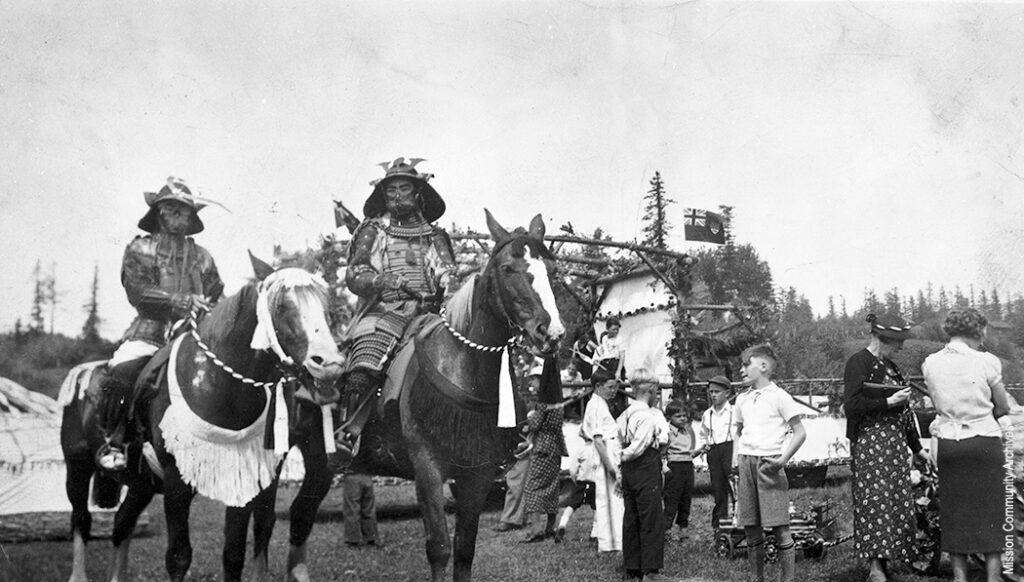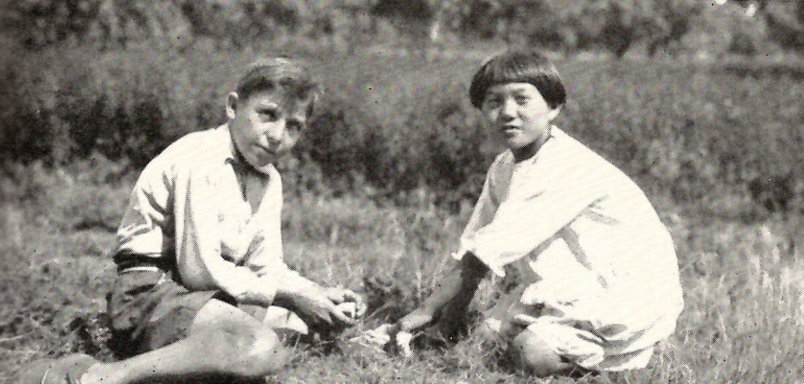The time has come to look at the Us vs Them mindset more. Where did it come from? How damaging was it? And can we use knowledge gained from this examination to make better decisions in the future? It must be said that this examination will be done solely through the Japanese-white framework, as examining these topics more generally would require much more research and an understanding of the topics I do not possess.
So where does the Us vs Them mentality originate from? There are two areas that these phenomena can potentially have originated from: one of ideological differences and one of material differences. In its most barebones argumentative form this would be either people are just racist for the sake of being racist, or people are concerned about their own economic well being and are taking it out on a group that they feel is causing them economic distress. This is an extremely boiled down version of dialectical idealism vs dialectical materialism, terms that make everyone except big nerds (like me) have their eyes glaze over. But enough talking around the subject, lets discuss the subject itself.
Let us examine the 1930’s from the position of a white Canadian worker for a moment. Times are tough, unemployment is rising, and you aren’t entirely sure if you will have a paycheck next week. You read in the paper how a handful of hard-working Europeans got laid off and were replaced by a handful of Japanese immigrants, who will work longer hours for less pay. One’s initial reaction to that might be to be upset at the Japanese workers, however, it is not their fault the employers undercut them, or played different groups of racialized workers against each other. How does one deal with getting pushed out of their jobs? A solution to this might be workforce organization, but we see historically that many times white Canadians put in very little effort to organize with immigrant workers, thus weakening the power of collective organization. Some at the time stated that immigrant workers did not work well under organization, but this was baseless as we know from the Pacific Cooperative Union, and other Japanese unions and organizations. The solution that was chosen instead was to segregate foreign workers all together. Remove them entirely from the hiring pool, thus making white Canadians the only available workers.

How damaging was this removal? For the Japanese it varies by industry, but reiterating their drive and strong work ethic, once they transitioned to new industries they generally prospered (until 1942). For white Canadians however, while it helped some of them retain jobs, they lost good, industrious coworkers, as well as losing a percentage of the workforce which would have strengthened their organizational power. This also enabled employers to divide and play different groups of employees against each other. So why did white Canadians strive to eliminate Japanese workers when they could have been strong workforce allies? The only conclusion to draw would be class and power. If you view society as a zero-sum-game, then seeing a group different than yours doing well could make you nervous that you were about to encounter rougher times. If Japanese workers started to do better in society, it could mean that white Canadians were about to do worse, possibly becoming the non-dominate group in Canada. At least, these were the fears that white Canadians had at this time. Groups like the White Canadians Association, who readily acknowledged the workplace fervour and high societal regard of Japanese Canadians yet were diametrically opposed to them being in Canada at all, could have benefited from working together with Japanese Canadians and others to build a better society together, and come out of the Great Depression and World War 2 better than ever.
Through our examination we see that the walls between white Canadians and Japanese Canadians start to be broken down through small-town interactions. We see that the more individual groups work together, the better relations become. While things were not perfect immediately, and did not proceed well in the following years, it is worth examining this as the beginning of a better white-Japanese relationship. The “Us vs Them” was starting to fade, and for a little bit, it was appearing as if there would just be an “Us”.
